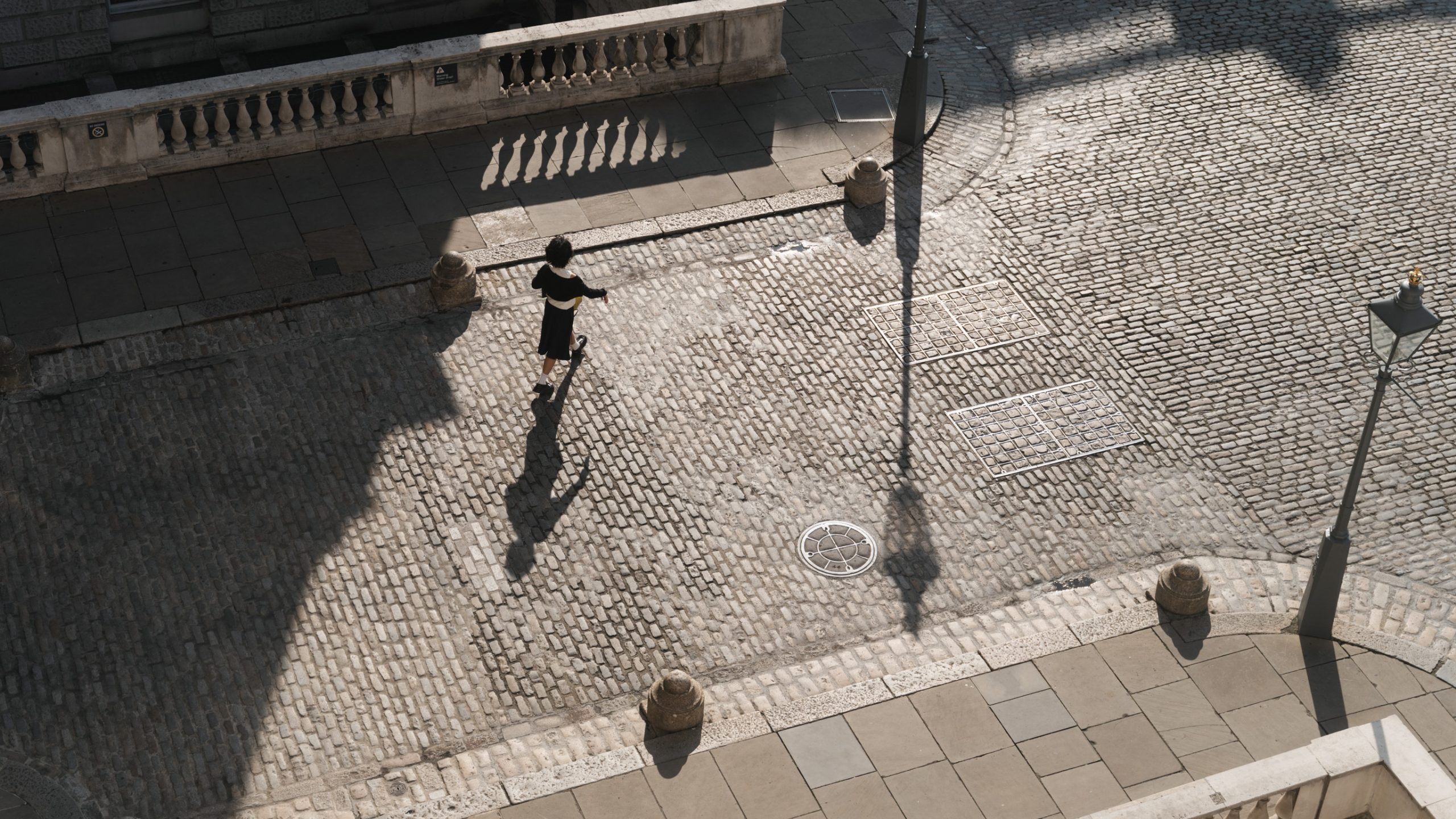The 2019 Sackler Lecture Series provides us with the opportunity to host a series of Courtauld Professorial Lectures. The purpose of this series is to celebrate and highlight research by a number of The Courtauld’s distinguished professors. In recent years, we have been pleased to see our speakers receive the title of Professor for their commitment to teaching, research and our institution. In addition to marking these achievements, the Courtauld Professorial Lectures serve to welcome both The Courtauld community and the public to our new (temporary) home at Vernon Square. From explaining why we should praise administrators instead of artists, to demonstrating what we can still learn from the English baroque, this series showcases world-class research from a team of eminent academics and, also, dear friends.
Join and Support
We care for an outstanding art collection, advance the study and conservation of visual art, and share it through acclaimed exhibitions. Your support helps us inspire new ways of seeing and thinking about art.
Courtauld Gallery
The Courtauld Gallery is home to one of the greatest collections of art in the UK and an annual programme of focused exhibitions, displays and contemporary commissions. All housed in a beautiful human-sized gallery at Somerset House.
Courtauld Institute
The Courtauld Institute is a research-led, independent college of the University of London, offering world–renowned programmes in the history, conservation, curation and business of art.






